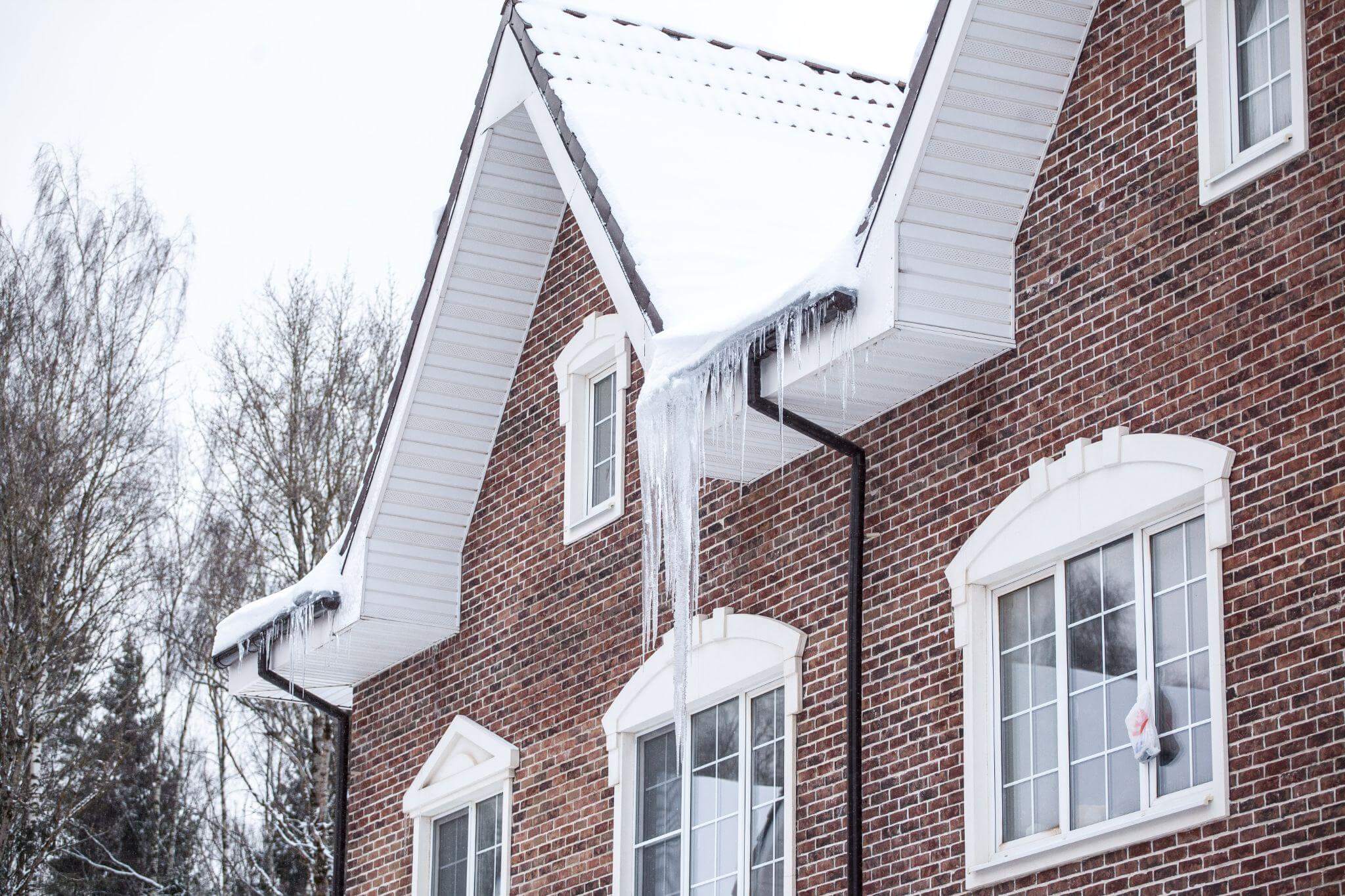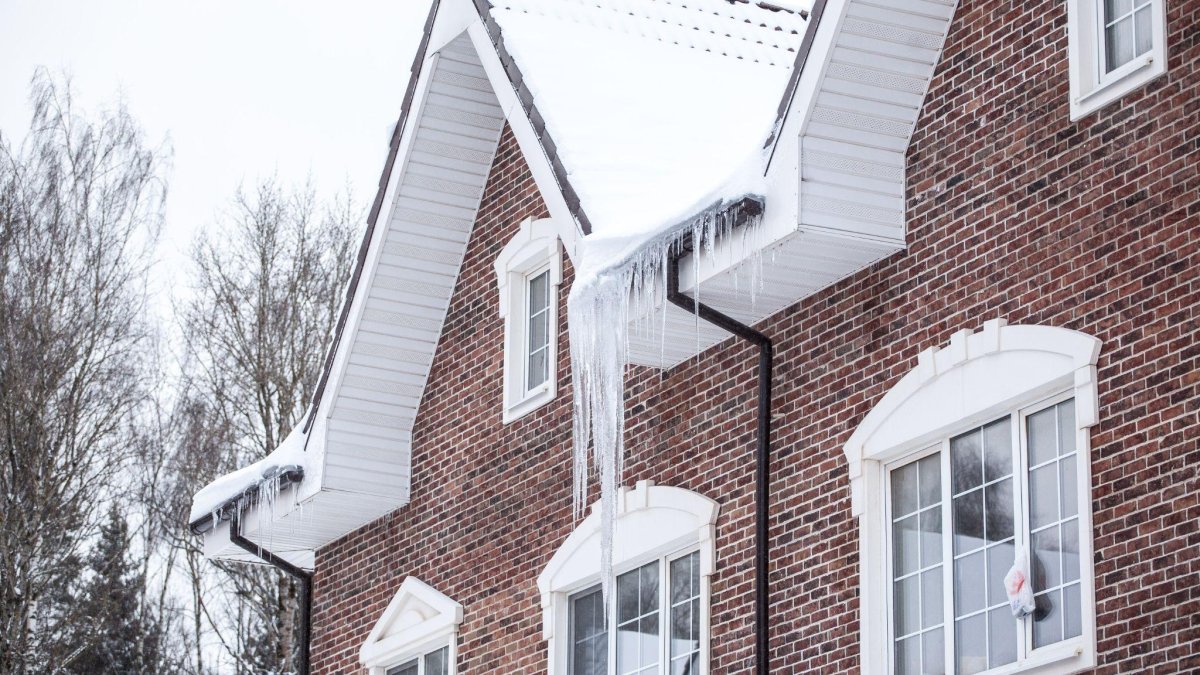
Owning a property involves taking responsibility for the yearly maintenance’s seemingly unending list of tasks and inspections. Maybe you may put off some of those things for another time, but it’s not ideal to discover that your roof cannot handle heavy storms or snow throughout the cold season. If things go wrong and your roof deteriorates, a roofing company in Portland might help you with that. Let’s see how rain and snow can damage your roof.
How Does Snow Affect Your Roof?
Many homeowners mistakenly believe that because the water is frozen, they’re protected from the effects of water damage, such as snow and ice accumulating on their roofs. They’re wrong.
As conditions change, thawing and refreezing snow and ice can damage your roof. Water leaks into small openings in your roof as snow and ice melt. When the temperature drops once more and the water freezes, it will spread and rip open those holes, allowing more water to enter during the subsequent thaw.
If it’s in good shape, it should be possible for your roof to withstand up to 20 pounds of weight or around 4 feet of snow. Older, worn-out roofs might not be capable of carrying so much weight, which would result in a sagging roofline, a glaring sign of damage and wear.
Other indications of snow damage to a roof that homeowners should be aware of during the winter are ceiling leaks and a buildup of giant icicles.
Keeping Your Roof Safe in the Winter
Your property’s roof may endure the worst of the wintertime weather, so it’s essential to ensure it can survive the elements. If there is too much snow on your roof, one of the easiest things to do is to clear it off. However, avoid taking any actions that could endanger your safety.
How Does Rain Affect Your Roof?
Your roof’s tiles serve as the first line of defense against the weather. Over time, heavy rain might erode your tiles and lead them to crack, taking advantage of the fragility that has emerged from aging. When this occurs, water may start to leak into your roof and start to pose a variety of problems.
In addition to breaking or producing fissures in your tiles, heavy rain may also cause your tiles to become loose and eventually fall off. Similarly, this will result in bare places on your roof, opening the door for water to enter your house and creating severe water damage easily. Once the water has passed your tiles, it may start to soak through the roof joints and the timber framework supporting your roofing system. The perfect environment for wood to rot is one where it’s continuously exposed to moisture.
Mold and mildew growth in the rafters and attic area of your home can also be caused by water within your roof. It not only smells unpleasant but can damage the rest of the house and pose various health risks.
Keeping Your Roof Safe When It Rains
The only way to protect against the consequences of heavy rain on your roof is to be aware of weak points. It’s a good idea to check on your home’s integrity after a significant winter storm. You should perform a professional inspection every year or two to evaluate the damage and determine how to stop more loss.
Steven Bennett
Related posts
Stay connected
- How LoveOn Chat Is Becoming the Most Versatile AI Companion for Digital UsersThe internet keeps shifting toward hyper-personal interaction, and AI companions are at the center of this shift. What used to be simple chatbots are now evolving into emotionally aware, adaptive, and multi-functional digital partners. Among the new generation of platforms, LoveOn Chat is becoming one... The post How LoveOn Chat Is Becoming the Most Versatile […]

